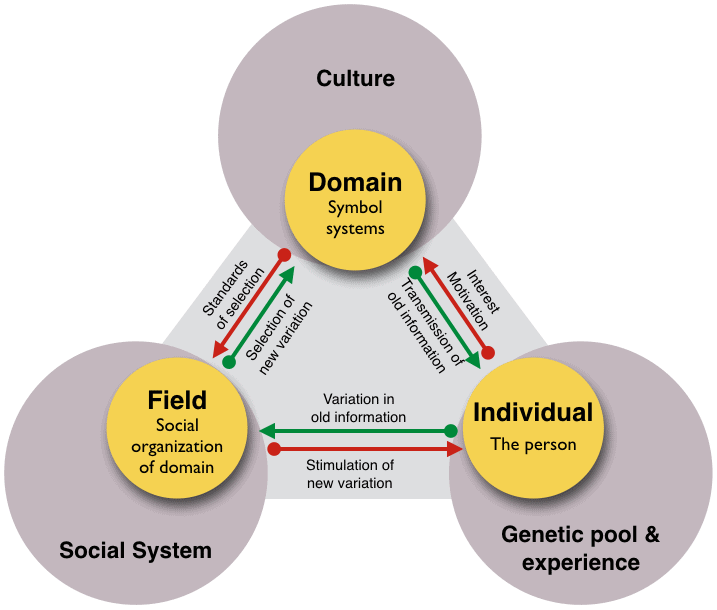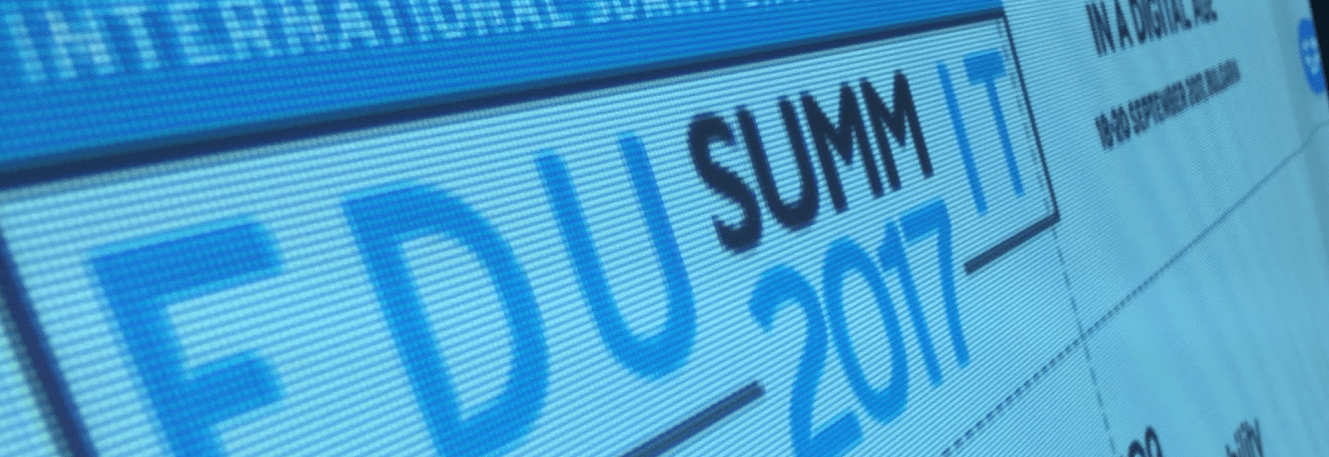We, in the Office of Scholarship and Innovation (OofSI), have never been big fans of the typical interview and hiring process. We are not sure that the process helps us identify the right people, and more importantly, we find the process to be unnecessarily opaque and stressful to the candidates. That said, as people leave organizations and work demands change, there is no choice but to hire new people.
Hiring the right person is particularly important for small-ish teams, like ours, where each person makes a significant difference to the dynamics of the group. The fact that we exist in an environment that is fast-paced, highly collaborative and laden with lots of ambiguity only makes it even more important to get it right.
Over the past year or so we have come up with a process that seems to have worked well for us. It has helped us build a committed, creative, and passionate team of people; consisting of individuals with unique quirks, strengths and weaknesses who work (wonderfully) well together. The process we have come up with, working within ASU’s HR guidelines, seeks to be respectful of the candidates and their time, attempts to minimize interview anxiety, and most importantly tries to provide them a chance to do the best job they can. And of course, in the end, lead us to the best candidate.
Our hiring approach was the subject of a recent audio-case study. We see this case study as as an example of principled innovation, that can be used as a teaching tool for individuals and/or teams who are seeking to instantiate principled innovation in their work. This is why we provide some reflective questions at the end of the case study to prompt reflection and discussion.
The case study, and the contextual information on how to use it is given below.
Principled Innovation in Practice: A Case Study
The hiring process of the Office of Scholarship & Innovation
The Office of Scholarship & Innovation had developed a human-centered hiring process that seeks to find the best candidates for positions within the office even while being respectful of all applicants. There are multiple aspects to the process as described in the audio-clip below.
How to use this case study?
Listen to the audio-clip (either individually or in a group) and use the questions below to guide your reflection / discussion. The questions are intended to be considered collectively as a team or as a personal reflection tool.
Please note that these questions are offered as suggestions and are not prescriptive. Participants may address as many, or as few, of the questions as they like. And they are free to think of additional questions as well based on their context and experience. We encourage participants to refrain from using the questions to assess other’s thoughts, feelings, or actions.
The questions follow an immersion, reflection, action structure, namely the first set of questions focus on the specific case study itself, moving on to reflective questions on aspects of principled innovation; and finally, to questions of what to take-away from this particular case to your (or your team’s) work.
It may be worthwhile to skim the questions prior to listening to the audio-story.
For a quick primer on Principled Innovation and the character assets, scroll to the bottom of the page.
Possible questions for discussion:
Immersion
- What are some of the key aspects of the Office of Scholarship & Innovation hiring process described in the clip?
- What resonated with you the most while listening to the clip?
- What questions do you have after listening to this clip?
Reflection
- What makes this a case for Principled Innovation?
- Is this an example of systems thinking? Why or why not?
- How is the process sensitive to culture and context? How does it engage multiple perspectives?
- What fundamental values of the office does the process reflect? How are these values illustrated?
- Is the solution creative? Why or why not?
- How does the process support the navigation of uncertainty?
- What are the possible ethical concerns or implications that exist in this example?
- Anticipate the possible consequences of this process. What are the intended consequences? Unintended?
- How might this process be perceived/received by others in the college/university?
- Is this, at its core, a humanistic and compassionate process? Why or why not?
- What else could be considered?
Action
- How would you apply some of these approaches to your own context?
- How would you seek to get your team’s fundamental values reflected in your everyday practices?
- How does the idea of principled innovation affect your perspective or approach to work in the college?
Contextualizing Principled Innovation
Principled Innovation is the ability to imagine new concepts, catalyze ideas, and form new solutions, guided by principles that create positive change for humanity. Principled Innovation is guided by the generative and reflective questions we ask ourselves and others that guide our decision-making by engaging our character assets:
- Moral Character: Guides decision-making with open-mindedness, integrity, and justice
- Civic Character: Supports collaboration to address systemic problems for the public good
- Intellectual Character: Informs problem-solving by combining creativity, evidence, and critical thinking
- Performance Character: Enables navigation of uncertainty with initiative, courage, and resilience
Audio mini-case created by Claire Gilbert in collaboration with members of the Office of Scholarship and Innovation. @2019





0 Comments
Trackbacks/Pingbacks